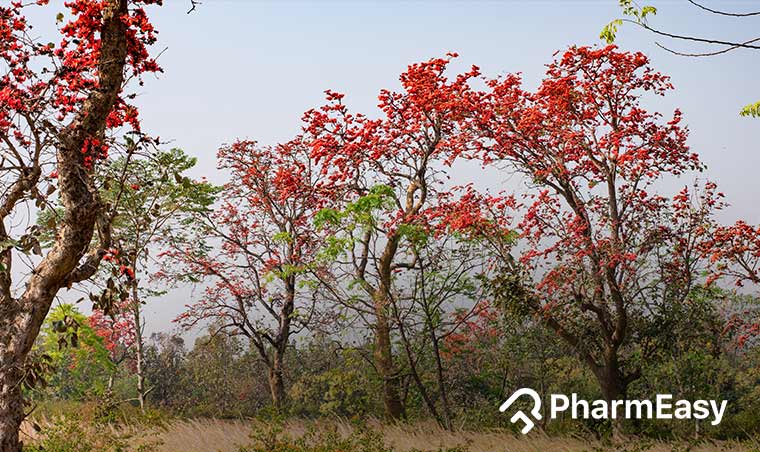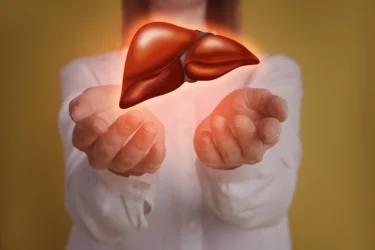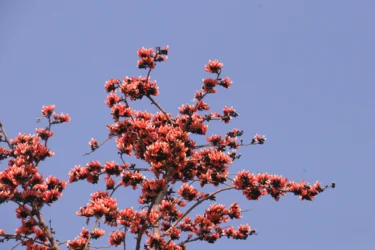Palash Tree: Uses, Benefits, Side Effects & More!
By Dr Siddharth Gupta +2 more

Get,

to manage your symptom
Get your,


4 Cr+ families
benefitted

OTP sent to 9988776655



You’ve successfully subscribed to receive
doctor-approved tips on
Whatsapp

Get ready to feel your best.

Hi There,
Download the PharmEasy App now!!


Register to Avail the Offer
Send OTPBy continuing, you agree with our Privacy Policy and Terms and Conditions

Hi There,
Sign up on PharmEasy now!!
Trusted by 4 crore+ families

OTP sent to 9988776655



You have unlocked 25% off on medicines




Code: NU25
By Dr Siddharth Gupta +2 more
Table of Contents
Palash Tree is a beautiful medicinal plant with a wide range of applications. Palash is the common name for it. It is commonly found in Bangladesh, India, Nepal, Pakistan, Thailand, Sri Lanka, Western Indonesia, and Myanmar1. It is famously called the Flame of the Forest and belongs to the Fabaceae family. Palas, palash, mutthuga, bijasneha, dhak, khakara, and chichra are other local names for this plant that is commonly found in Indian forests.
It grows in flooded areas, saline and alkaline soil, black cotton soil, and barren lands too. It grows up to 10-15 meters in height, with uneven branches and a crooked trunk. The branches are ash-colored. The leaves have three leaflets. The flowers are bright orange-red in color and can be spotted even from afar like a flame burning amidst the green and browns of a forest, earning it the title Flame of the Forest.

Owing to its powerful pharmacological properties, this plant is extremely important1. Palash contains alkaloids, flavonoids, phenolic compounds, amino acids, glycosides, resin, saponin, and steroids, among other phytoconstituents. Gallic and tannic acids are abundant in the red gum produced from the stem. Palash flowers contain seven flavonoid glucosides (Butrin, lsoobutrin, monospermoside, isomonospermide, coreopsin, Isocoreopsin, sulphurein)3.
All parts of palash plant are potentially beneficial for health due to their properties. Several beneficial properties of palash tree are as follows:
Did you know the Palash tree might aid in cancer? Other than its antioxidant and antimicrobial nature, the Palash tree is believed to have anti-cancer nature as well which might be helpful in cancer11.
Dr. Siddharth Gupta, B.A.M.S, M.D (Ayu)
Palash trees are recognized for their vibrant colors. It consists of several beneficial compounds that may contribute to its beneficial properties and potential uses such as:

Powder of palash tree seeds showed antihyperglycemic effects in studies. It might reduce blood sugar levels by improving glucose tolerance and regulation of excessive blood sugar levels2,3. However, serious conditions like diabetes must be diagnosed and treated by a doctor. Therefore, kindly consult a doctor and do not self-medicate.

The seeds of palash tree have anthelmintic properties. It can be useful in removing parasitic worms from the digestive tract1. However there is not enough research and scientific evidence to support this effect of palash tree.

The bark from the stem of palash tree possesses antidiarrheal activity. It does this by decreasing gastrointestinal motility1. It is better to get expert advice from a qualified doctor for digestive disorders.

The flowers of palash tree might exhibit liver protective activity as they decrease the levels of serum alanine phosphatase and alkaline transaminase. The two flavonoids, butrin and isobutrin, found in palash may potentially have some benefit for liver against toxicity1. This property of palash tree flowers need further studies to know the extent to which it can benefit humans. You must consult a doctor before consuming any herb for its benefits for liver.

Palash tree seed powder may be beneficial in lowering the risk of kidney stones by potentially reducing the growth and number of calcium oxalate stone deposits in the kidney5. Since the studies and evidence available here is insufficient, you must consult a doctor and consume any herb only under their supervision.

The bark of palash tree might help in expediting wound healing by enhancing the rate of collagen synthesis and cellular proliferation at the site of infection3.

Several other uses of different parts of the Palash tree are as follows:
Although studies show the benefits of palash trees in different health conditions, this information is insufficient. Hence, there is a need for further studies to establish the true extent of the benefits of palash trees on human health. Furthermore, every person may respond differently to these herbs. Therefore, it is important to consult a doctor before using palash tree for any medical condition.
The extracts of the Palash tree may aid in the management of breast cancer due to its anti-oestrogenic properties11.
Dr. Rajeev Singh, BAMS
The palash tree is available in different forms. Your doctor will prescribe you the appropriate form based on your individual needs.
You must consult a qualified doctor before taking palash tree or any herbal supplements. Do not discontinue or replace an ongoing treatment of modern medicine with an ayurvedic/herbal preparation without consulting a qualified doctor.
Also Read: Sarpagandha (Indian Snakeroot): Uses, Benefits, Side Effects, Precautions & More!
It is essential to follow these precautions when using palash tree and its parts for the following conditions:
Also Read: Sandalwood: Uses, Benefits, Side Effects & More!
Ayurvedic preparation can interact with your ongoing medications. Ayurvedic physician’s advice is to be followed thoroughly, as their prescription is based on keeping your health condition in mind. Please ensure to disclose all medications prescribed and currently being used to your doctor at the time of consultation.
Also Read: Manjistha (Indian Madder): Uses, Benefits, Side Effects & More!
Because of its appearance, the palash is known as the ‘Flame of Forest’ The blossoms resemble fire and they are regarded as a form of Agnidev (God of Fire)1.
They are helpful for the treatment of inflammation, skin and eye problems, piles, kidney stones, intestinal worms, and tumours2. These benefits of the palash tree may need further studies for validation. You must consult a qualified doctor for its benefits in different conditions.
The other common names of palash trees are Palas, palash, mutthuga, bijasneha, dhak, khakara, and chichra are local names2.
Yes, Palash can help with diabetic management by improving glucose tolerance and regulation of excessive blood sugar levels2,3.However it is best to consult a doctor for proper advice.
Yes, palash may be effective in reducing the risk of kidney stones. It decreases the formation of calcium oxalate stone formations5. These effects need further scientific evidence.
Yes, palash can be used to hasten wound healing. The topical application of palash extract stimulates collagen synthesis and cellular proliferation at the wound site, increasing the speed of wound healing3. You must consult a doctor for any advice for wounds, do not self medicate.
Disclaimer: The information provided here is for educational/awareness purposes only and is not intended to be a substitute for medical treatment by a healthcare professional and should not be relied upon to diagnose or treat any medical condition. The reader should consult a registered medical practitioner to determine the appropriateness of the information and before consuming any medication. PharmEasy does not provide any guarantee or warranty (express or implied) regarding the accuracy, adequacy, completeness, legality, reliability or usefulness of the information; and disclaims any liability arising thereof.
Links and product recommendations in the information provided here are advertisements of third-party products available on the website. PharmEasy does not make any representation on the accuracy or suitability of such products/services. Advertisements do not influence the editorial decisions or content. The information in this blog is subject to change without notice. The authors and administrators reserve the right to modify, add, or remove content without notification. It is your responsibility to review this disclaimer regularly for any changes.
Comments

Leave your comment...
You may also like
Comments